Photography books have a curious relationship to book arts.
While books of writing can approach elegance in their design, with their choices of font and size, layout, margins, etc, the usual intent of the design is actually to become both pleasing and transparent. While reading an engaging novel, we really don’t want to pay attention to paper weight and binding style.
“A Murmur in the Trees” by Suzanne Révy
Published by Workshop Arts, 2024
Review by W. Scott Olsen

Photography books, on the other hand, are books that contain art and oftentimes aspire to become art themselves. Sometimes this results in odd choices. I have, for example, a very large book at home which weighs more than a small child. I worry about the table it rests on. I have another book that’s smaller than a cellphone. I have books with strings, with QR codes for music, with scent packets. I have books in every possible binding style. I have books of overly complicated layout ideas as well as self-designed books that, well, shouldn’t have been.
The one truth that joins all of them, however, is that photobooks are held differently, looked at differently, and experienced differently than poetry or prose. This is an invitation to imagine, then re-imagine, how we encounter the photographic image.
The experience of holding a photobook should enhance and deepen the aesthetic experience, or get out of the way. The experience can slow down the contemplation of individual images as well. Elegant paper, stiff binding, both of these work against the lightspeed perusal made almost normal by Instagram.
I’m thinking about book design because I have a book in my office today which is fresh, remarkable, and absolutely thrilling in terms of its design as well as its content. Suzanne Révy’s A Murmur in the Trees is a collection of wonderful nature images taken in the landscapes of 19th-century American transcendentalists. The little bits of text sprinkled throughout the book are by Henry David Thoreau. The book’s title is the same as an Emily Dickinson poem celebrating the hidden and a sense of wonder in nature.
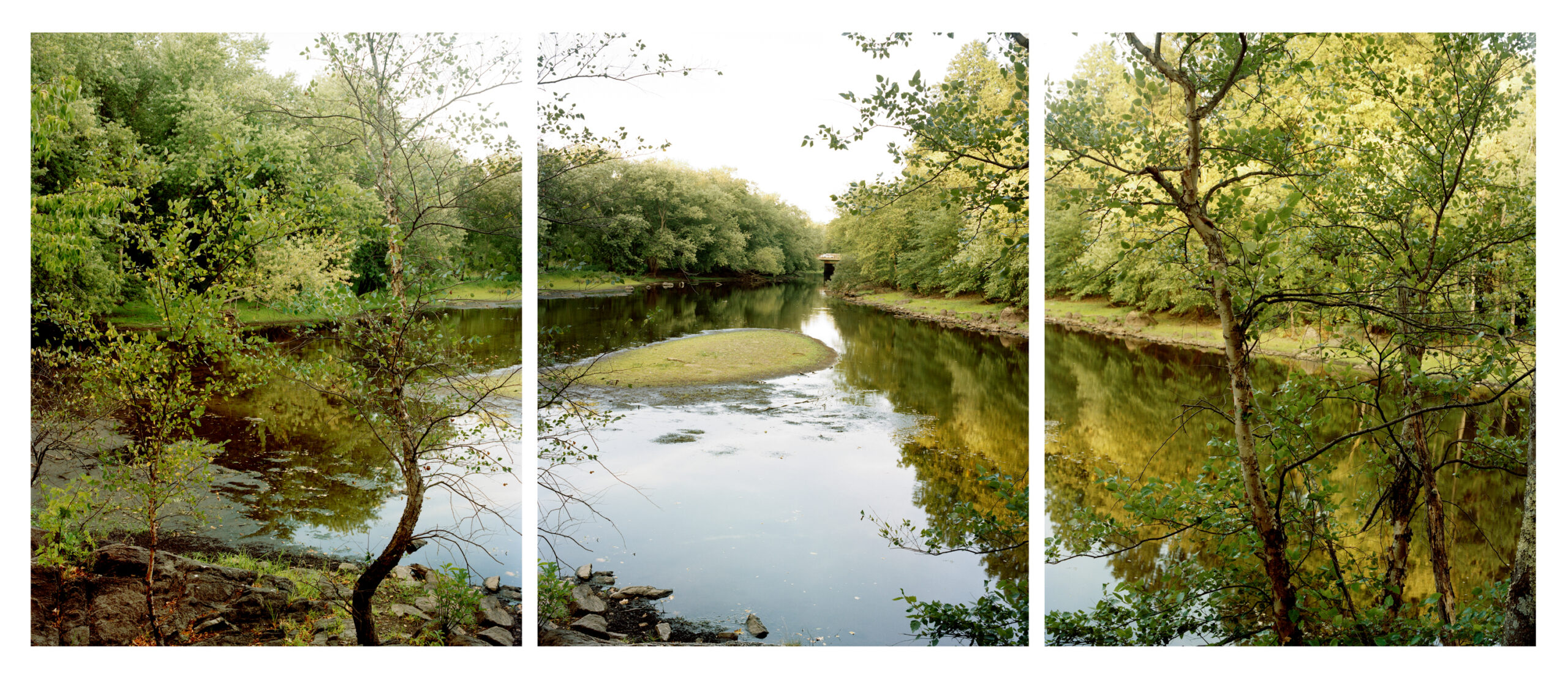
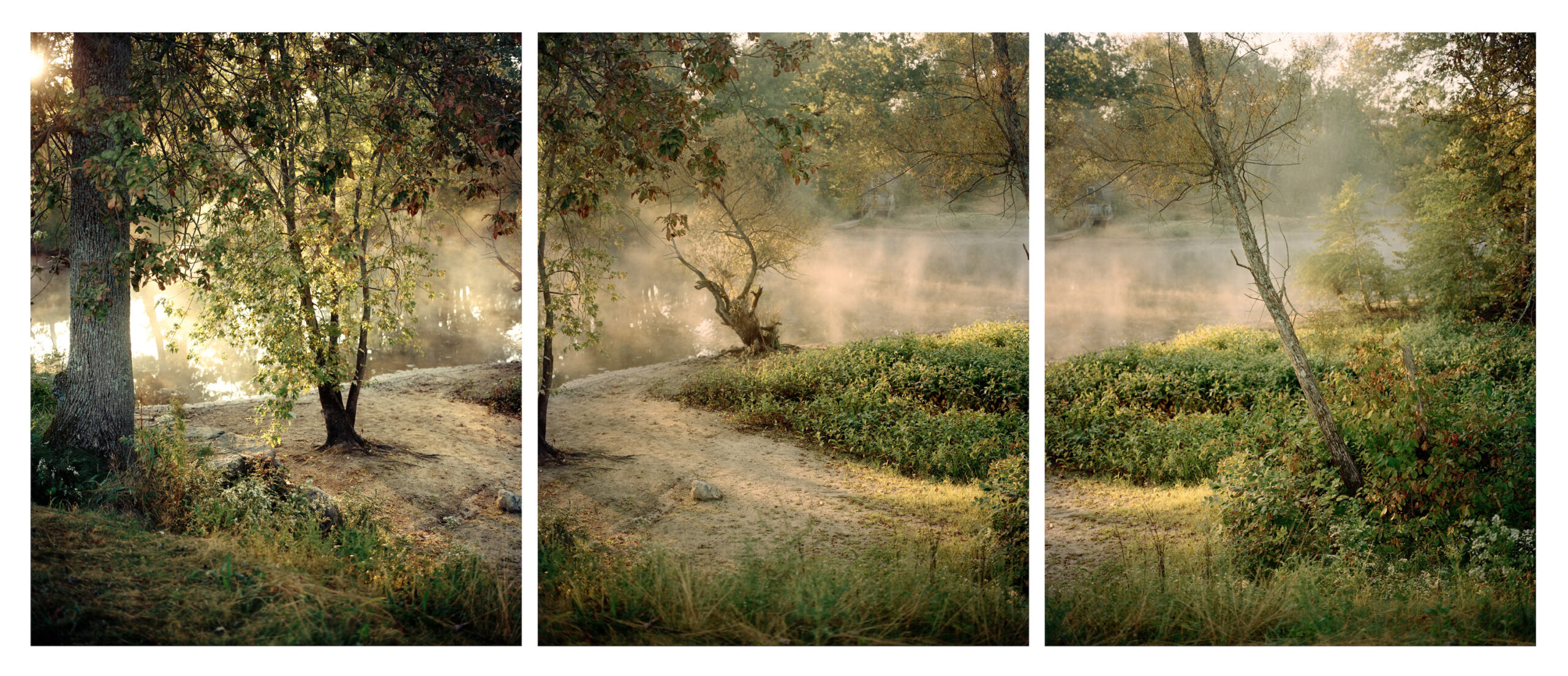
While the connection between Transcendentalism and nature is well-established, important, and one of those things that we need to remind ourselves constantly about before it disappears, the landscape images in this book are fresh, intimate, and serene. Every one of them is a moment of contemplation I particularly enjoy. Even for people who’ve never set foot in New England, the images work as signifiers for a kind of relationship with nature we should all treasure.
A Murmur in the Trees, however, is much more than a book of pretty New England landscapes.
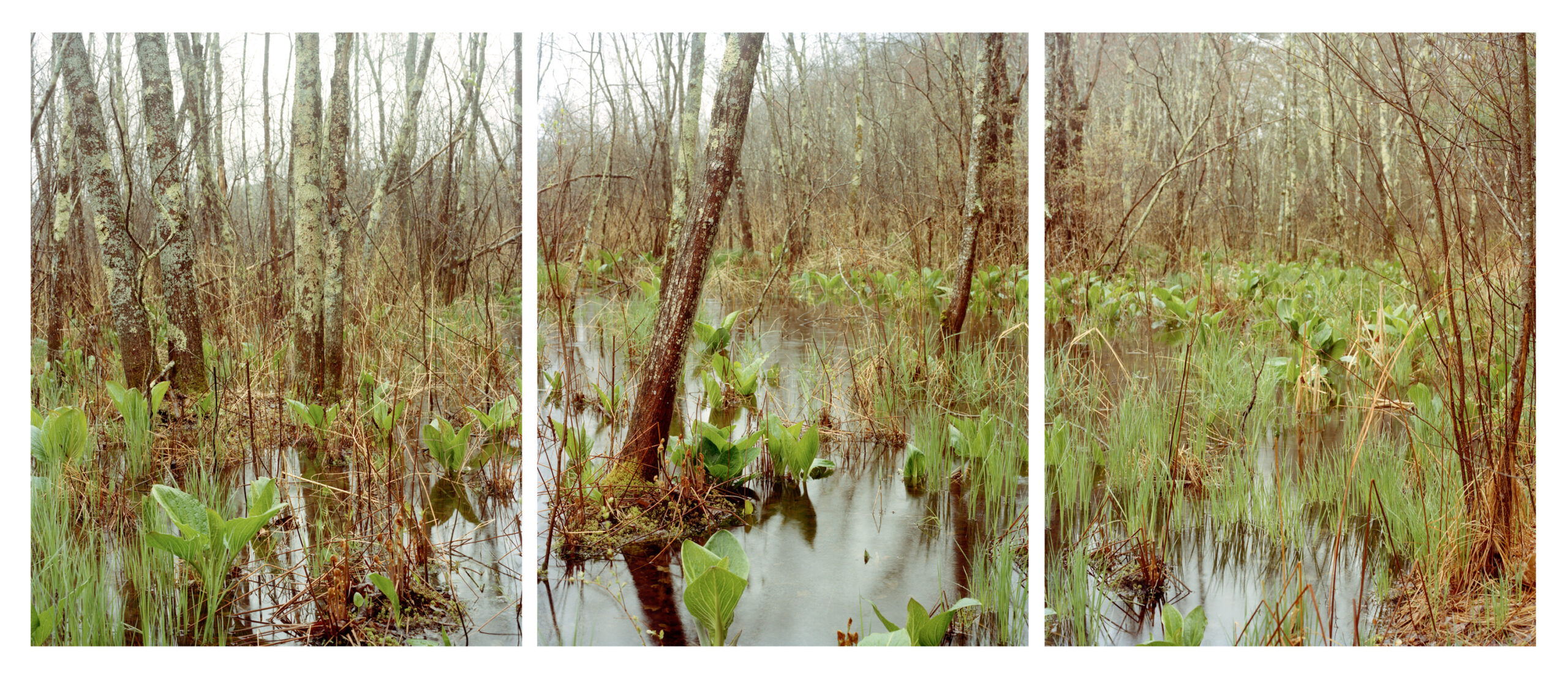
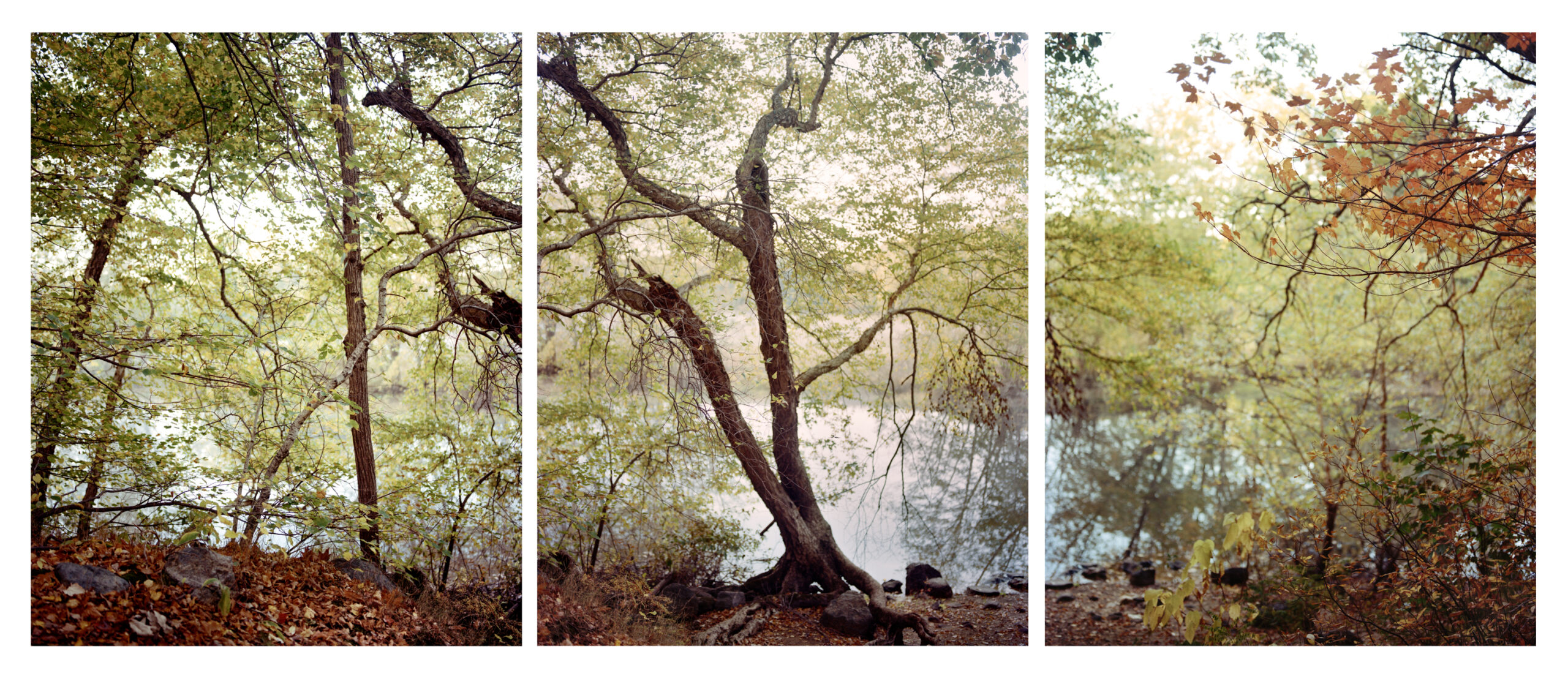
There’s a brief essay at the end by scholar and poet Kristen Case, which makes a fine argument for aesthetic connections in Révy’s work. At one point, she writes—
If the triptych speaks overtly of confluence, the coming together of rivers and of images to form a fluid and a harmonious whole, it whispers also of disconnect and disjunction. Here, as elsewhere in this remarkable book, the blank spaces between the frames invite you to look more closely at repetitions and gaps they disclose: between tree and sky, water and land, what is given to the eye and what is supplied by the mind.
Note that this author is calling attention to the gaps between the images, which is a nod to what, in part, struck me as a particular genius of this book.
Holding it in your hand, you quickly realize the paper dust cover is, in fact, a folded image and perhaps backward. You can almost see through it. In other words, what you see is both present and implied. Looking through the paper to the image on the other side is evocative and alluring. If you are like me, then the first thing you do is take the cover off and spend a moment unfolding it to discover a wood-scape printed on the other side. The image itself is beautiful, and the act of perceiving vaguely, unfolding, and then seeing the image is a physically pleasant and compelling act. The dust cover of the book is not so much presented as it is engaged with. It is an act of revelation.


This becomes the habit of the book. Open to any page, and what you see is nothing. The pages are blank. (This does not include the pages that have small bits of text by Thoreau.) But the blankness is deceiving. Every page is a fold-out spread. You have to physically reveal every one. You fold it out, once or twice, and suddenly you have a triptych. Yes, there are blank spaces between the images that both separate and join the aesthetic whole. But having looked at the images, you then fold the pages very closely or very carefully again.
You open slowly. You linger at the photograph. You carefully replace. The act is part of the meaning.
Occasionally, the unfolding goes both left and right. Instead of a triptych, we have a quad. You look at them, fold them back, put them away for safekeeping, turn the page, and go on. Viewing the images of this book is an act of discovery over and over again. The uncovering slows down the consideration. The uncovering gives you a kind of investment, which I find both remarkable and successful.


I do not, even for a minute, want to suggest that the book design takes away from the quality of the images. Révy is a talented and insightful landscape photographer. The images of forests, streams, and fog are all gentle and quiet. The images have an element of the sacred.
The title of the book is A Murmur in the Trees, and a few pages in, it dawned on me how appropriate the term murmur may be. As with the Dickinson poem, the images here, and the act of coming to know them, are quiet, curious, insistent, and personal.
There is something of our soul in here, and we will happily lend our attention to figure out what.
A note from FRAMES: Please let us know if you have an upcoming or recently published photography book.

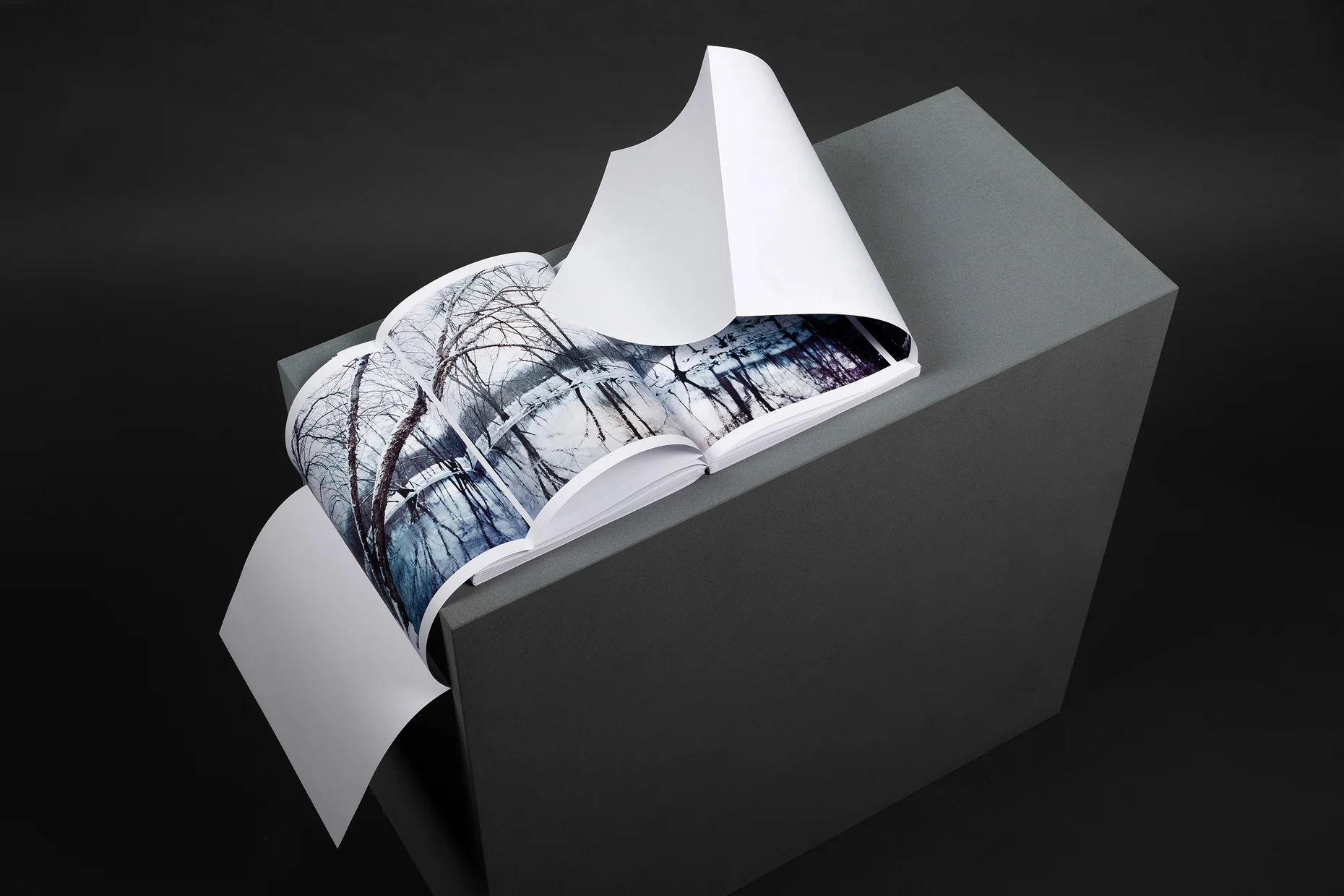

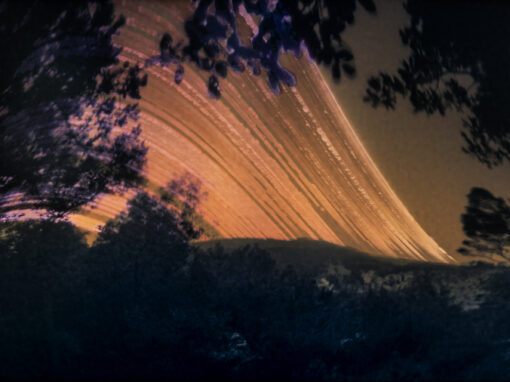
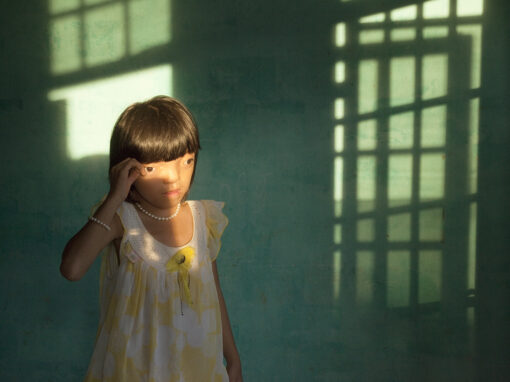
Diana Nicholette Jeon
May 3, 2025 at 20:51
Nice to see this here.. I wrote about Suzanne’s work in an interview for The Female Gaze in April.. She worked with some of the best in contemporary photobook design to create this. Their thoughtful approach shows in all their work, always reflecting the theme of the book and the intent of the author, which seems even more important with Revy’ work, as he work is thoughtful, subtle, a sometimes profound.
Personally, I am jealous of this book. It’s a masterpiece